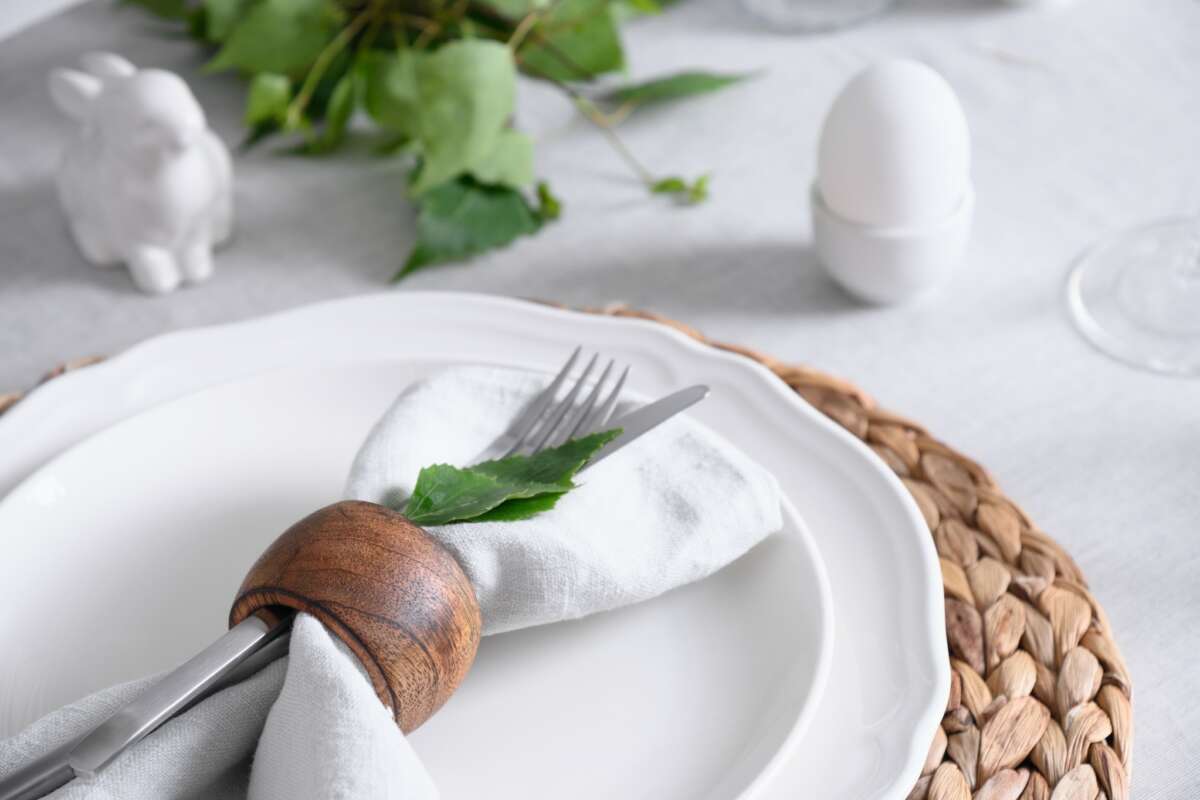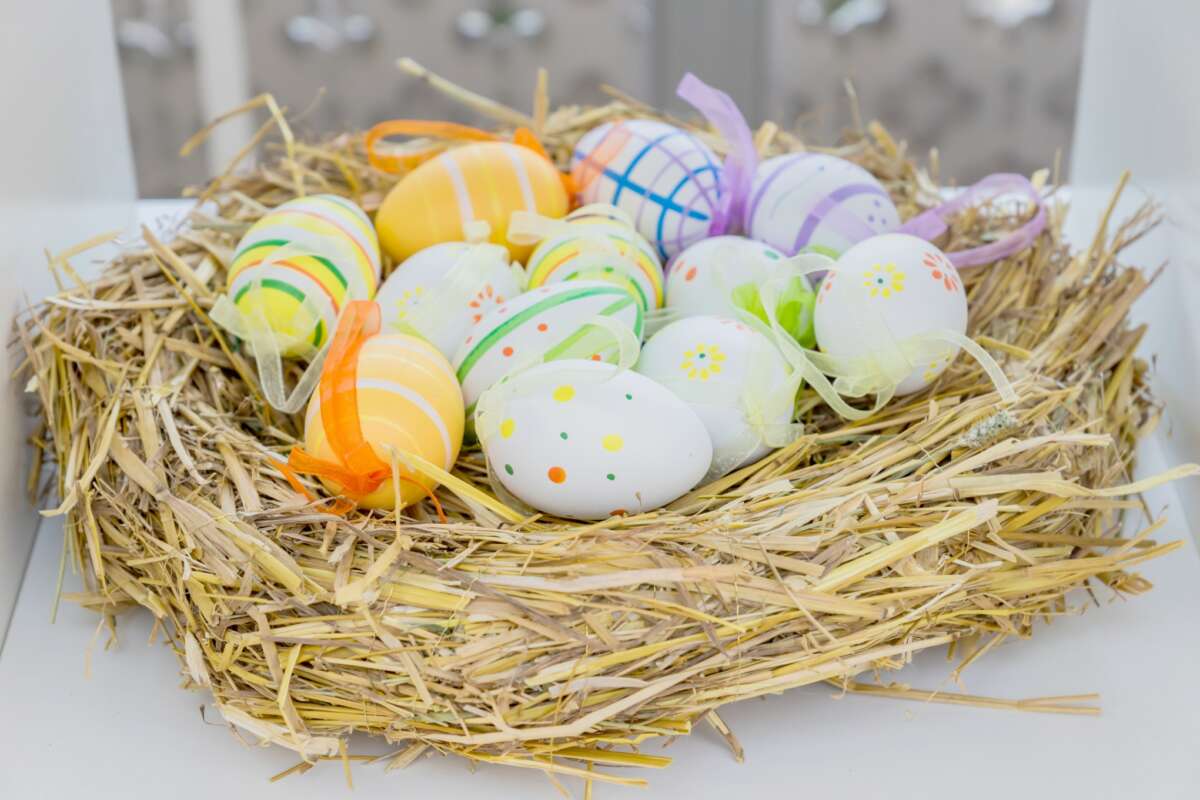The distilled spirit of the moment changes almost as quickly as the must-have handbag of the season. Having just gotten schooled about Japanese whisky, our millennial friends informed us that in their precincts, Mexican spirits are actually the “thing” right now. Some of them spend agreeable Friday nights on the Lower East Side of Manhattan sampling different ones (one could even say that Mexican spirits are muy caliente among millennials, but that would probably be viewed by them as really lame).
Tequila? Seriously? We thought that was just for Margaritas in a salt-rimmed glass with lots of ice, ideally consumed at a bar on the beach. And what is mezcal? Is it a hallucinogen? And why is it sometimes spelled mescal? Our shocking ignorance was a great excuse for a field trip. So on a cold night a few weeks ago (purely in the interest of research, of course) the Dandelion Chandelier Travel Editor and I ventured to the West Village to investigate tequila and mezcal, and what’s making them so hot right now. BTW, because the spirit is spelled mezcal in Mexico, we’re going with that, even though in the US, it’s spelled with an “s.”
We selected Empellón Taqueria as our alcohol university for the night. The eatery – part of a Manhattan empire of upscale Mexican restaurants – keeps over 100 mezcals and 60 tequilas in stock, so we knew it would be a great source of inside knowledge and expertise. After doing a bit of damage to a heaping platter of chips, fresh guacamole and two kinds of salsa (smoked cashew and chile de árbol) it was time to start our tutorial. Our guide for the evening, Noel, explained the origin of the spirits we’d be tasting.
Both tequila and mezcal are distilled agave spirits. Agave is a succulent perennial plant native to the hot, arid regions of Mexico and the Southwestern United States. The plants have rosettes of thick, hard leaves, often with small thorns and usually with a sharp terminal spine. Because of their appearance, it’s a common misconception that agaves are cacti; they’re not related to cacti, nor are they closely related to aloe, although their leaves are similar in appearance. Some varieties of agave are used as decorative plants for outdoor landscaping in desert climes.
Tequila must be made only with agave tequilana plants (also called agave azul or blue agave), and to be designated “tequila,” it can be distilled in only five Mexican states. As with champagne and bourbon, the federal government inspects and certifies the origin of each distillery’s products. Jalisco is the most popular state for tequila production – it includes Guadalajara and Puerto Vallarta and runs west of Mexico City (quelle surprise, the village of Tequila is located there). The production process is reasonably simple: after the agave is harvested, the leaves are stripped off, leaving the heart of the agave plant, called the “piña” (because it looks like a pineapple), which weighs about 100 pounds. Those are cooked in a brick oven on a low temperature for 2-3 days (like a good barbecue). The cooked piña are shredded, and the water that runs out is fermented with yeast for 3-7 days and then distilled twice.
To receive official designation, mezcal can be made in only nine Mexican states (there are 31 states in Mexico altogether); Oaxaca is the largest producer. Mezcal can be made with 32 different varieties of agave, alone or in combination (there are over 200 types of agave in total). It’s often viewed as the earthier cousin of tequila, in part because it’s distilled in a centuries-old process far more rustic than tequila’s. For mezcal, the piña are roasted not in ovens, but in deep pits in the soil; afterward the cooked agave is ground with a stone wheel and fermented in wood stills, and then the vapor is distilled. It’s the burning pits that imbue mezcal with its smoky flavor; it has an alcohol content of 45-55%, compared to 40% for tequila. Mezcals are currently more expensive than tequilas because they’re made in smaller batches (and to clear up any confusion, despite the similar name, mezcal does not contain mescaline or other psychedelic substances).
Terroir is important in the production of distilled agave spirits, as it is with wine and other distilled spirits. The origin of the plants (wild or cultivated), the topography of the distillery’s location (lowlands versus highlands) and the individual distiller all have a significant impact on the final flavor profile.
Before we began, Noel explained that when drinking tequila, the tradition is that one should have a glass of the Mexican aperitif sangrita (not sangria) nearby, and sip alternately from each of the glasses. The sangrita at Empellón is made from tomato juice, lime juice, onions, smoked chills, salt, sour orange and pomegranate molasses – it was deliciously spicy and sweet (and yes, it did go quite well with the spirits that followed).
Thus armed, we started our tasting with a lowlands Blanco tequila from the Fortaleza distillery (the name means “fortitude” in Spanish, and the distillery uses a very old-school production technique). Blanco tequila is not aged (anything under 59 days is considered un-aged), so these tequilas retain a great deal of the taste of cooked agave. They’re usually distilled in a stainless steel container. We detected sweetness, maybe a little vanilla, some pepper, and – we guessed – the flavor of cooked agave, although of course we didn’t know what that tasted like at that point in the evening.
Next up? A Reposado tequila, meaning one aged anywhere from 2 months to one year, generally in an oak barrel (in the highlands, the distilleries tend to do this in used bourbon barrels). Because of the aging process, these tequilas take on more pronounced notes of vanilla, caramel and baking spices. We sampled Siete Leguas – Seven Leagues. One of the oldest distilleries in Mexico, they were the original distillers of Patron tequila (when the brand grew too large, they had to give it up, and instead continue to focus on small batch tequilas). In this sample, we tasted citrus, caramel, spice and a little oak, and we began to recognize what the agave adds to the mix: a kind of earthy botanical note that is unlike anything we’d tasted before.
After a sip or two of sangrita, it was on to an Añejo tequila, which is aged from one to three years. We sampled Dos Armadillos – Two Armadillos – which is distilled by a small producer in the highlands. The high altitude and cool temperature slows the process of fermentation, resulting in a distinct flavor profile. The bottle is beautiful, and the tequila smells of vanilla and coconut. At first we tasted greenery and pepper, but then it became gentler, with more vanilla flavor. To broaden the range of flavor profiles, some tequila distillers are using lowland agave plants, but distilling them in the highlands. For contrast, we sampled El Mayor Añejo, which had notes of caramel and butterscotch, but also orange. The Travel Editor and I were in agreement: we prefer aged, and both of these were smooth and would be very pleasant to sip neat.
Our last stop on the tequila express – after more sangrita – was an Extra Añejo tequila. These are aged three to five years – that’s the maximum aging normally found. Tequila Ocho is a single-origin agave spirit from a single estate. It’s made with a lighter-colored barrel so that the oak has less influence. As a result, other flavors come to the fore: clove, cinnamon, pepper, tobacco at the start, and then honey, a little spearmint, and of course agave. The vote was unanimous: we liked this one the best of all.
Onward to mescal! Noel whisked the sangrita away, explaining that when drinking mezcal, one is supposed to eat fresh orange slices dusted with sal de gusano (“worm salt”). Worms from the agave plant are harvested, dried, diced and then mixed with dried peppers and salt – it’s meant as a foil to the heat and flavors in mezcal. No, Noel did not tell us this until we had already eaten our first orange slice (so far there have been no ill effects from this). He said that in Mexico, it’s common to see the orange or pineapple slices dusted with worm salt, ant eggs or ground-up grasshoppers (this would definitely cause us to drink more, for medicinal purposes if nothing else, so good to know). For those wondering, no, there was no visible worm in any of the mezcal bottles we saw. But I confess, we were probably not as sharply observant at this point in the evening as we normally are.
Joven mezcal is un-aged (mezcals are less frequently aged, as it’s not part of the tradition). We sampled Montelobos, which is made in Oaxaca with 100% cultivated “Espadin” agave. The production method is traditional: fire-pit roasting, crushing by mule-drawn stone wheel, and distilling over a small wood fire in copper pots. The result is a very unusual combination of aromas and flavors: I smelled smoke and some cooked agave; the Travel Editor smelled burned rubber tires and oyster shells. We sipped, and Noel pointed out that there was a roasted jalapeno flavor. I tasted mostly smoke. The Travel Editor remained adamant about the tire smell. As you can imagine, this gave us a great deal to discuss while having other worm-salted orange slice.
Last of the night? El Jolgorio mezcal, made with wild agave – in this particular case, tepextate (this agave variety takes 25-35 years to grow, and is found only in the wild, often on steep mountain cliffs). The name of the distillery reflects the critical role that artisanal mezcal plays in the rituals, ceremonies and festivities – known as “Jolgorios” – in the villages of Oaxaca. The distillery produces nine unique mezcals made from different varieties of wild-harvested agave; every bottle is inscribed the species of agave, the age at harvest, the village of production, the name of the Master Distiller, and the batch and lot number. The distillery makes only 450 bottles at a time, and won’t produce more until those are gone. Because it’s so rare, it’s more expensive – $150 for a 750 liter bottle. Mezcal made from tepextate is often heavily perfumed, like gewürztraminer; this one has the aroma of minerals, cooked agave, and bananas; we tasted green chili, pepper, tropical fruit and a bit of smoke.
So what’s the difference between tequila drinkers and mezcal drinkers? Noel diplomatically noted that mezcal drinkers tend to appreciate complexity – the spirits tend to be dry, whereas tequila is sweeter. The flavor profile of a mezcal is deep, often intense, and not as familiar as the flavors in other spirits. If you like peaty whiskies, you’re more likely to enjoy mezcal. For the record, count me in the tequila camp – to my surprise, the Travel Editor has become a passionate convert to mezcal (this could be a sign that the worm is turning).
As we polished off the last of the chips and dips, I asked Noel why there has been such an explosion of trendy new spirits in the past five years. Modern luxury is increasingly defined by these fast-moving trends in food and drink – that used to be reserved for apparel and accessories. His take is that people of all ages are less entrenched in their drinking habits than they used to be, and much more willing to try something new (that’s a good thing). The craft movement in drinking has come to include both beer and spirits – people want to know the stories behind what they consume, and they like becoming expert at the nuances in these categories, just as oenophiles always have – it’s a mark of good taste and an adventurous spirit. It’s also a pleasant way to spend an evening, as we learned – hanging with friends and sipping an interesting spirit with an unusual back story is a very civilized way to end the week. The millennials are onto something.
On a pop cultural note, Noel also pointed out that people’s drinking habits are highly influenced by what they see on TV and in film, and by what their bartenders are excited about. “Mad Men” was really what got everyone interested in whiskey. Mixologists started using tequila a few years ago, and that really started the interest in distilled agave spirits.
So what’s next? Raicilla, which is a distilled agave spirit that pre-dates the arrival of Hispanic people in Mexico, is starting to attract some notice. Sotol is a distilled spirit made from the Dasylirion wheeleri (also called desert spoon or spoon flower), which is similar to agave and grows in northern Mexico, New Mexico, west Texas, and the Texas Hill Country. Sotol is known as the state drink of Chihuahua, Durango and Coahuila, and it is also starting to get some buzz. So if you want to impress your friends, give both a try.
And remember, you heard it here first.
Meanwhile, the Empellón dining empire is growing. Restauranteur Alex Stupak presides over not just Taqueria, but also Empellón Cocina in the East Village and Empellón Al Pastor just a couple of blocks away. In the next couple of weeks, a midtown location is to open on Madison and 53rd. There will be a reserve list of distilled agave spirits there to sample. So if you don’t have time to hit a mezcaleria in Mexico City this weekend, and if you can get yourself to New York, anywhere you go in the city Empellón has got you covered. Salud!







